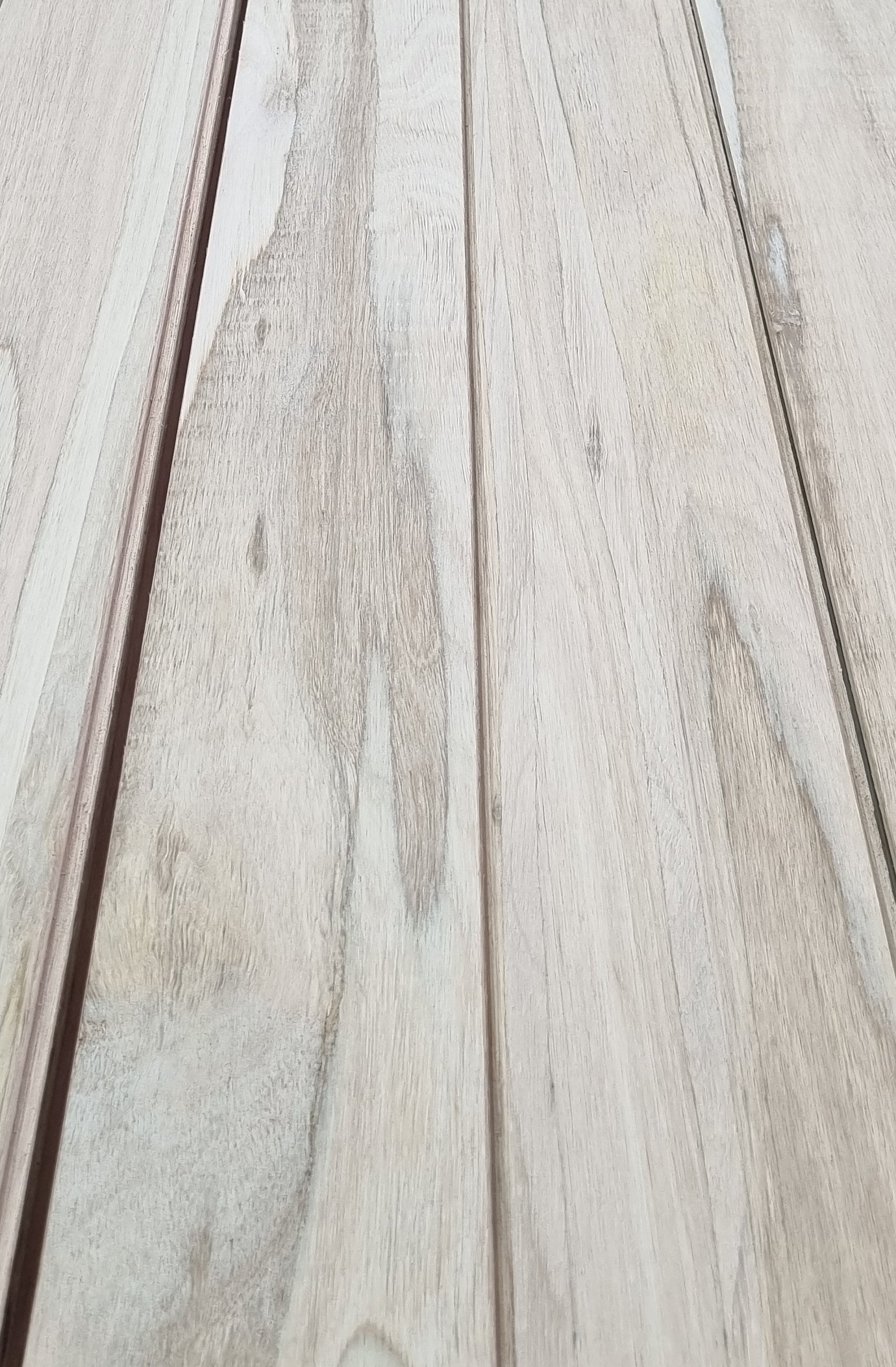Tasmanian Oak
Also known as Eucalyptus delegatensis, E. obliqua & E. regnans, Tasmanian Oak is suitable for a wide range of applications. It works extremely well and produces an excellent finish. It can be used in all forms of construction and in interior applications.
The common applications of Tasmanian Oak timber encompass construction, interior design, furniture making, and artistic pursuits. Its versatility, durability, and aesthetic qualities have earned it a well-deserved reputation as a premium timber choice in various industries.
Appearance
Tasmanian Oak timber is known for its exceptional appearance, characterized by its warm and inviting aesthetic. It is a collective term used to describe three eucalypt species native to Tasmania, namely Eucalyptus regnans, Eucalyptus obliqua, and Eucalyptus delegatensis. This timber exhibits a natural blend of pale cream to light pink hues, with occasional light brown streaks and highlights.
One of the prominent features of Tasmanian Oak is its beautiful grain pattern, which adds depth and character to any woodworking project. The grain is usually straight and even, giving the timber a clean and contemporary look. Its medium texture further enhances its overall appearance, providing a smooth surface that feels pleasing to touch.
Tasmanian Oak has a versatile appearance that complements a wide range of design styles. Its light coloration and subtle variations make it suitable for both modern and traditional settings. Whether used for flooring, furniture, cabinetry, or architectural features, Tasmanian Oak adds a sense of warmth and elegance to any space.
Applications
This timber has numerous common applications across various industries, thanks to its durability, aesthetic appeal, and ease of working.
In the construction industry, Tasmanian Oak is widely used for framing, flooring, and cladding. Its strength and resistance to decay make it an excellent choice for structural purposes. The light color lends itself well to interior design, making it popular for creating furniture, cabinetry, and joinery.
Due to its stability and low shrinkage, Tasmanian Oak is a preferred timber for manufacturing doors and window frames. It offers excellent dimensional stability, reducing the risk of warping or twisting over time.
In the realm of woodworking, Tasmanian Oak is favored by craftsmen for creating high-quality, handcrafted items such as musical instruments, turnery, and carving projects. Its fine texture and beautiful appearance make it ideal for producing decorative pieces and intricate designs.
Workability
Tasmanian Oak timber is widely recognized for its exceptional workability, making it a popular choice among craftsmen, builders, and designers.
One of the key factors contributing to the workability of Tasmanian Oak is its relatively low density. This characteristic makes it easy to cut, shape, and machine, allowing for precise detailing and intricate designs. Carving, turning, and routing tasks can be accomplished with relative ease, enabling craftsmen to achieve desired outcomes effortlessly.
Additionally, Tasmanian Oak is known for its excellent staining and finishing capabilities. It readily accepts a wide range of finishes, including paints, stains, varnishes, and oils, allowing for customization and enhancing the natural beauty of the wood. This versatility provides flexibility in achieving the desired aesthetic appearance, making Tasmanian Oak a preferred choice for furniture, cabinetry, flooring, and interior decor.
These qualities make it a reliable and sought-after choice for a wide range of woodworking projects, providing craftsmen and designers the opportunity to create beautiful and durable pieces.








